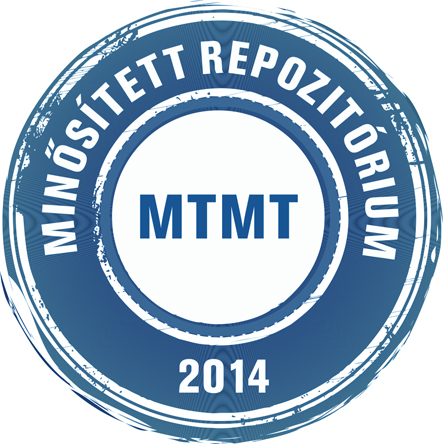Pintér Imre; Krámer Magda; Kleeberg János: Vékonyréteg kromatográfiás eljárás egyes kozmetikai festékek egymás mellett történő kimutatására. In: Élelmiszervizsgálati közlemények 4. pp. 169-175. (1968)
|
Cikk, tanulmány, mű
elelmiszervizsgalati_kozlemenyek_1968_04_169-175.pdf Letöltés (2MB) |
Absztrakt (kivonat)
Die Verfasser arbeiteten ein dünnschichtchromatographisches Verfahren zur Trennung der in Ungarn auch für den Gebrauch im Augenbereich zugelassenen Farbstoffe voneinander und von den ihnen ähnlichen, aber nur auf der normalen Hautfläche verwendbaren Farbstoffen aus, verbunden mit ihrer Identifizierung. Sie verwendeten eine entsprechend aktivierte Silicagel-G Schicht und fanden für die Trennung der 15 untersuchten Farbstoffe besonders zwei Fliessmittel geeignet (Chloroform, Aceton, N-Propanol, schwefelige Säure, im Verhältnis 2:5:2: 1 gemischt, beziehungsweise die obere Phase gewonnen nach dem Vermischen von 50 Vol N-Butanol, 12 Vol Eisessig, 38 Vol Wasser und 0,4% Kaliumchlorid.) Zur Identifizierung der Farbstoffe verwendeten sie neben den Rf Werten ihrer Flecke ihre Farbe, sowie ihr Verhalten gegenüber Säure und Alkali. A thin-layer chromatographic method was evolved by the authors for the separation from each other and from other similar dyes applicable only on normal skin surfaces of dyes licensed in Hungary for application in the region of the eyes and for their identification. The examined 15 different dyes were allowed to run on an adequately activated layer of Silicagel-G. For the mentioned purposes, two types of solvent systems proved to be particularly suitable (a 2:5:2:1 mixture of chloroform: acetone: n-propanol: sulphurous acid and an upper phase obtained by shaking 50 parts by volume of n-butanol with 12 parts by volume of glacial acetic acid, 38 parts by volume of water and 0.4 per cent of potassium chloride). Les auteurs ont élaboré un procédé de Chromatographie en couche mince pour la séparation et l’identification des matiéres colorantes dönt l’emploi est permis en Hongrie dans la région oculaire, aussi bien entre elles, qu’avec les matiéres colorantes semblables, mais applicables seulement sur la peau normale. IIs ont fait courir les 15 espéces de matiéres colorantes examinées sur une couche de Silicagel-G convenablement activé. IIs ont touvé que deux sortes de mélanges de solvant sont spécialement aptes pour ce but (melange 2:5:2:1 de chloroforme, acétone, n. propanol, acide sulfureux et, respectivement, une phase supérieure obtenue par agitant le tnélange de 50 parts en vol, de n-butanol, 12 parts d’acide acétique glacial, 38 parts d’eau et 0.4% de chlorure de potassium.
| Mű típusa: | Cikk, tanulmány, mű |
|---|---|
| Egyéb cím: | Thin-layer chromatographic method for the detection of certain cosmetical dyes in the presence of each other |
| Befoglaló folyóirat/kiadvány címe: | Élelmiszervizsgálati közlemények |
| Dátum: | 1968 |
| Szám: | 4 |
| Oldalak: | pp. 169-175 |
| Nyelv: | magyar , angol , német , francia , orosz |
| Kiadó: | Lapkiadó Vállalat |
| Kiadás helye: | Budapest |
| Befoglaló mű URL: | https://acta.bibl.u-szeged.hu/81046/ |
| Kulcsszavak: | Élelmiszervizsgálat - módszer, Élelmiszerkémia - módszer, Kromatográfia - módszer |
| Megjegyzések: | Bibliogr.: 174. p. ; összefoglalás francia, angol és német nyelven |
| Szakterület: | 02. Műszaki és technológiai tudományok 02. Műszaki és technológiai tudományok > 02.10. Egyéb műszaki tudományok és technológiák 02. Műszaki és technológiai tudományok > 02.10. Egyéb műszaki tudományok és technológiák > 02.10.02. Élelmiszer és italfélék |
| Feltöltés dátuma: | 2023. szep. 12. 15:36 |
| Utolsó módosítás: | 2023. szep. 12. 15:36 |
| URI: | http://acta.bibl.u-szeged.hu/id/eprint/81265 |
 |
Tétel nézet |



